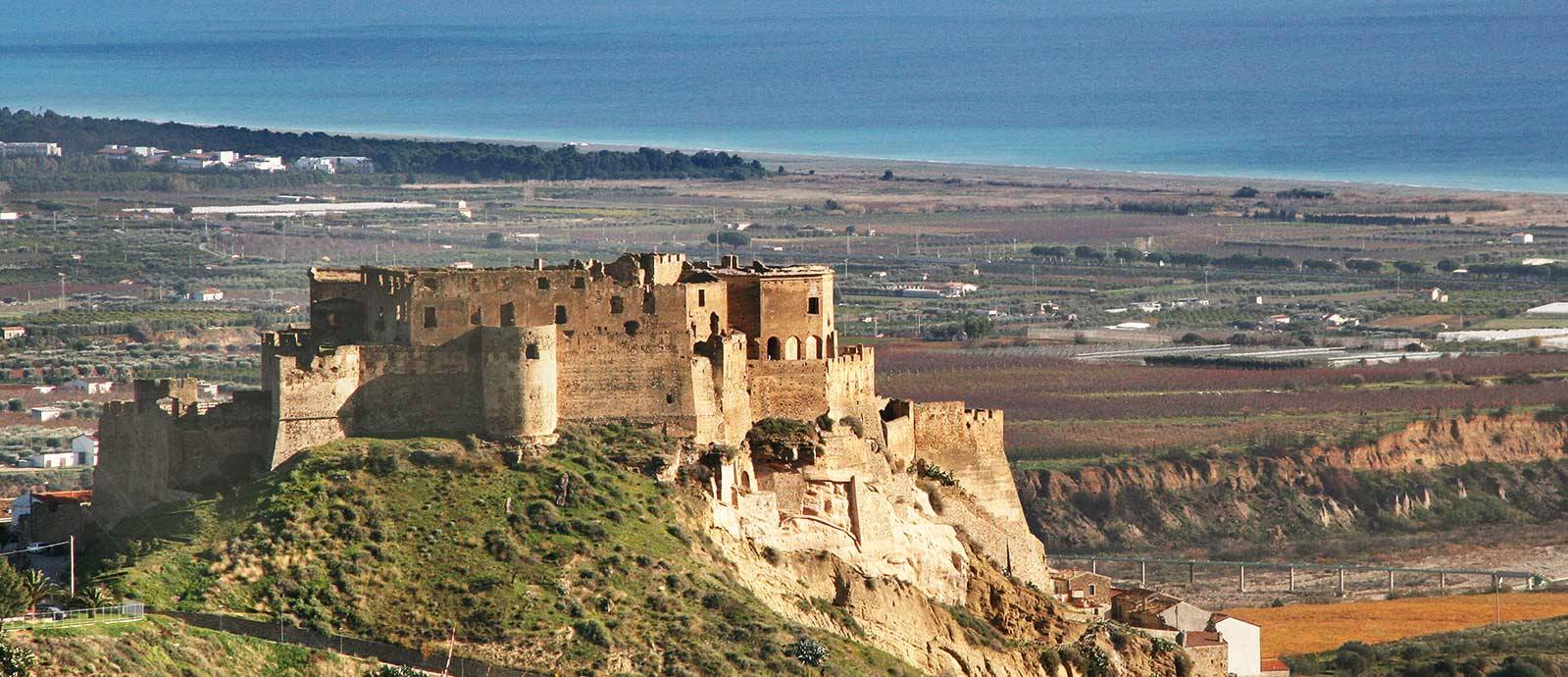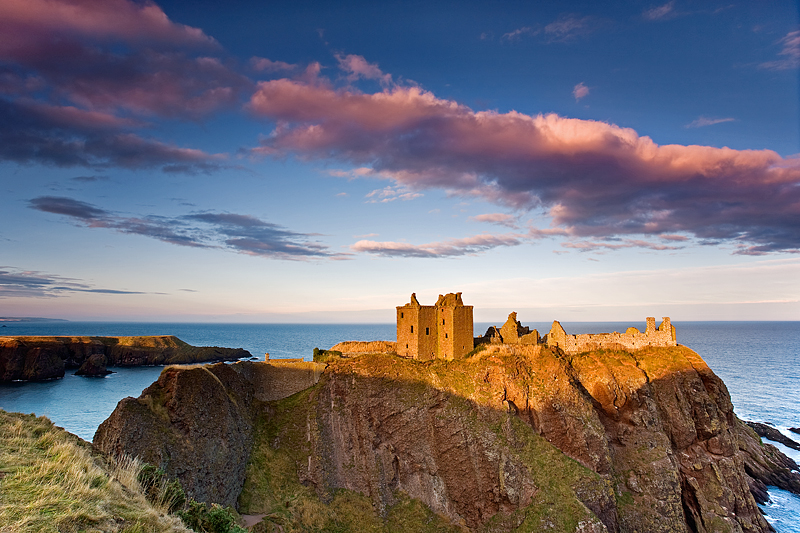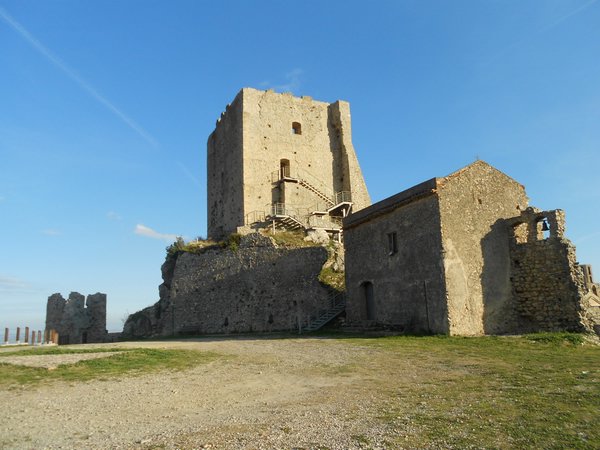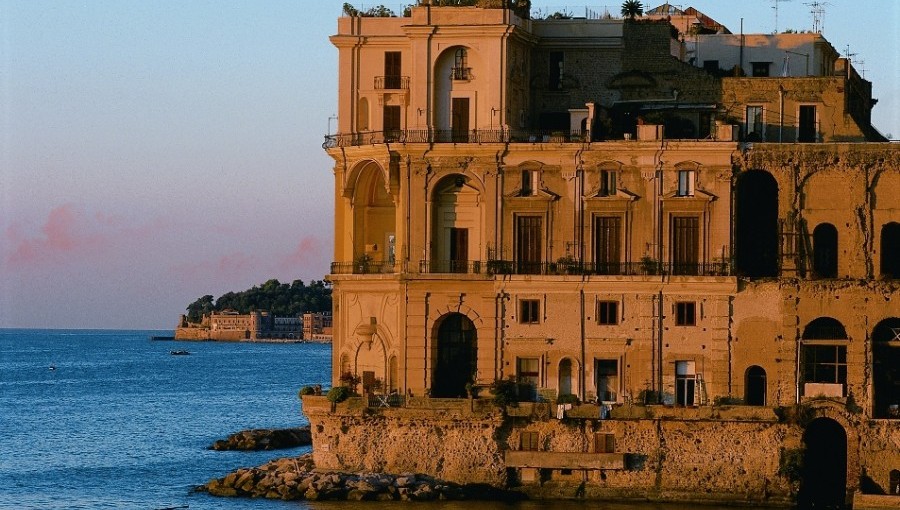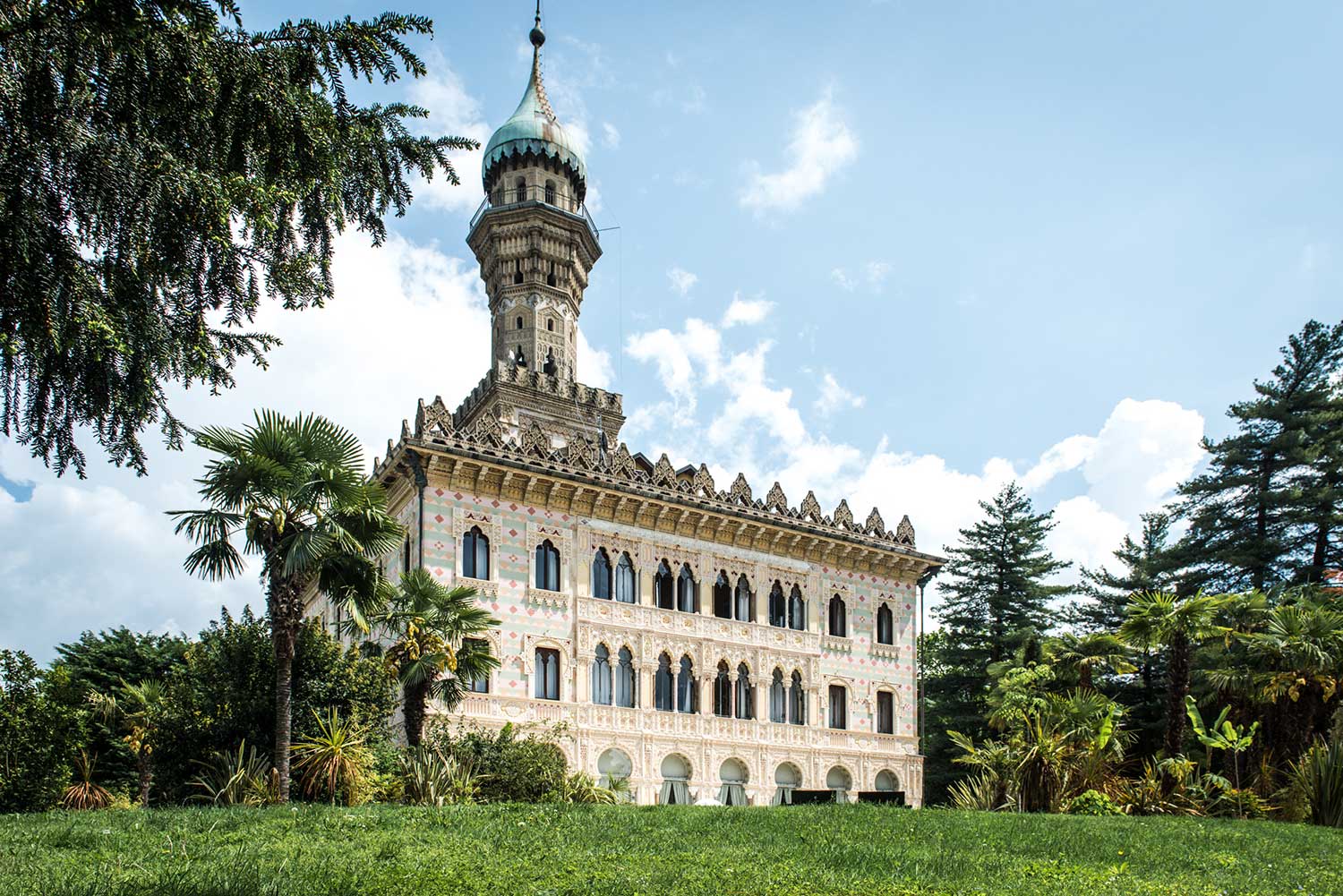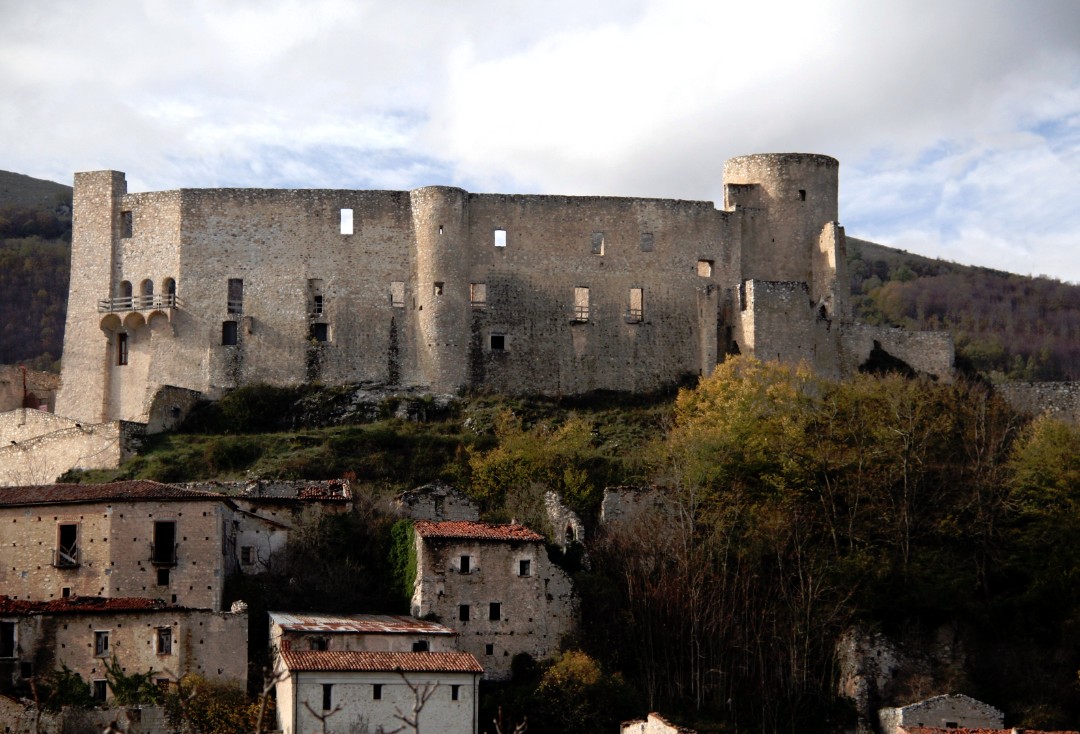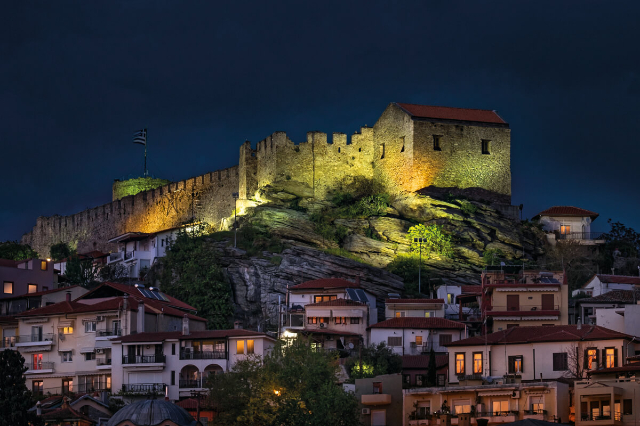Situated on top of the hill where the inhabited centre of Rocca Imperiale extends, the castle was built by Frederick II of Swabia, presumably in 1221, for defensive purposes and to give asylum to the Court in the various movements and hunting matches. Its position, in fact, was strategic: you could control the ancient via Appia-Traiana that from Reggio Calabria, skirting the Ionian Sea, went to join Brindisi with the ancient Appia.
The fortress held up to the incursions of the Saracens, in 1664, who destroyed the town of Rocca, including the 13th century church of which today remains the Romanesque bell tower with mullioned windows and cornices.
Over the years, and with successive governments, changes were made to the original construction, with the extension and addition of boundary walls and crenellated towers, which ended up covering the old Swabian monument in many parts. In 1710, the Dukes of Crivelli, on the other hand, transformed the fortress into a small palace, with the addition of large factories above the medieval rooms.
In fact, the castle was inhabited by the Cappa family, from 1903 (the year in which they bought it) to 1989, to finally donate it to the town of Rocca Imperiale.
It has a quadrangular plan, with very accentuated scarp walls, corner towers and a cylindrical tower inserted in the curtains.
